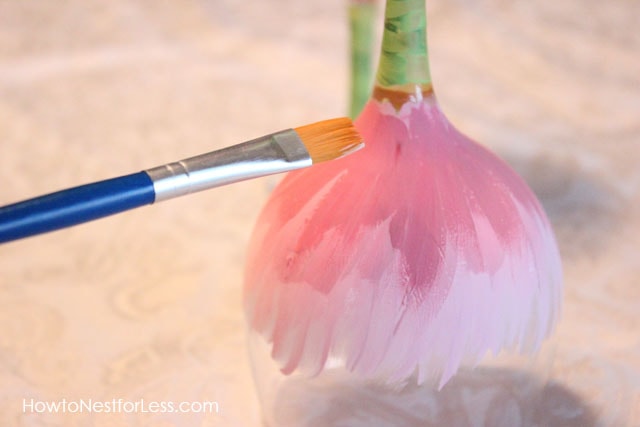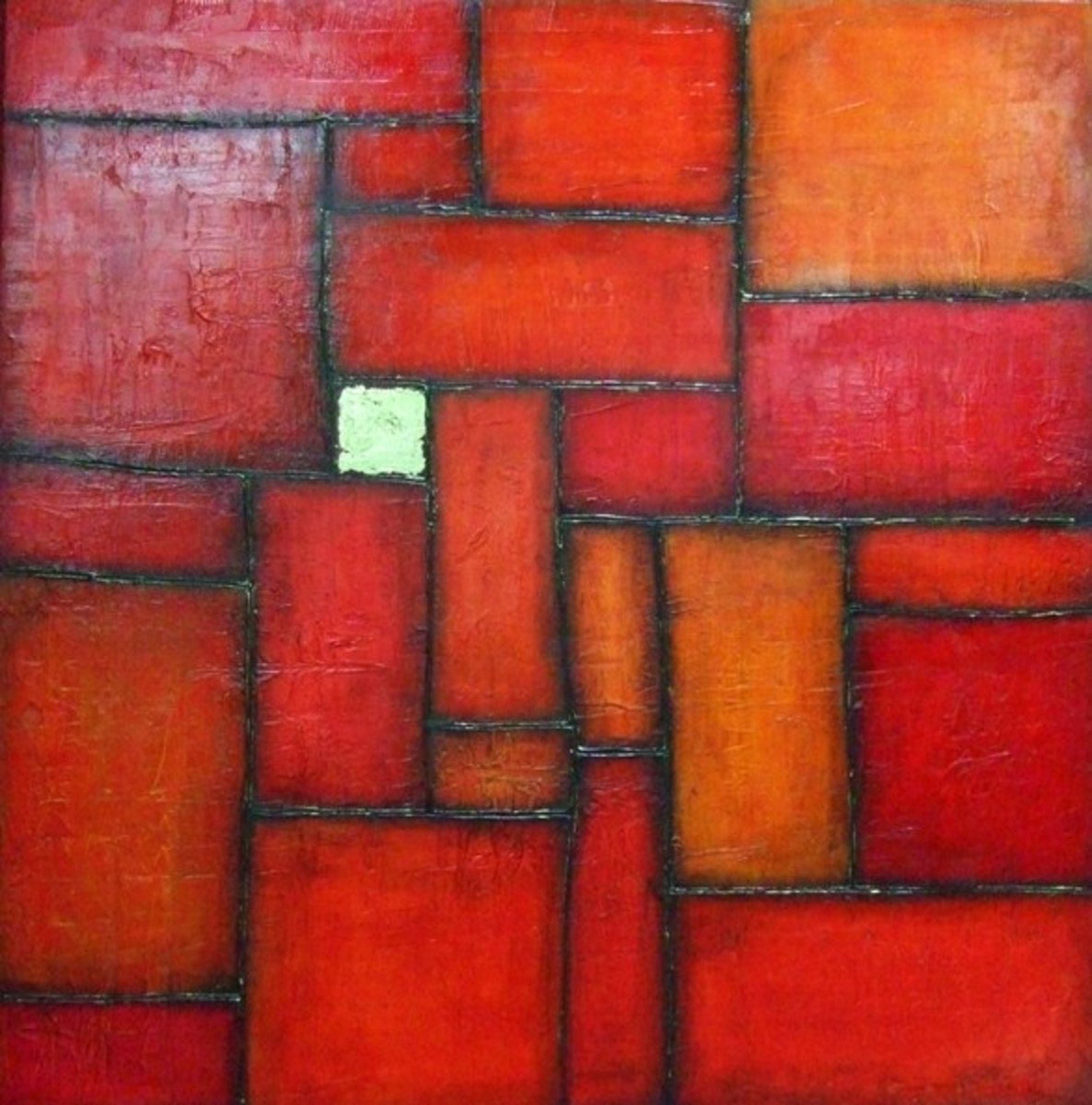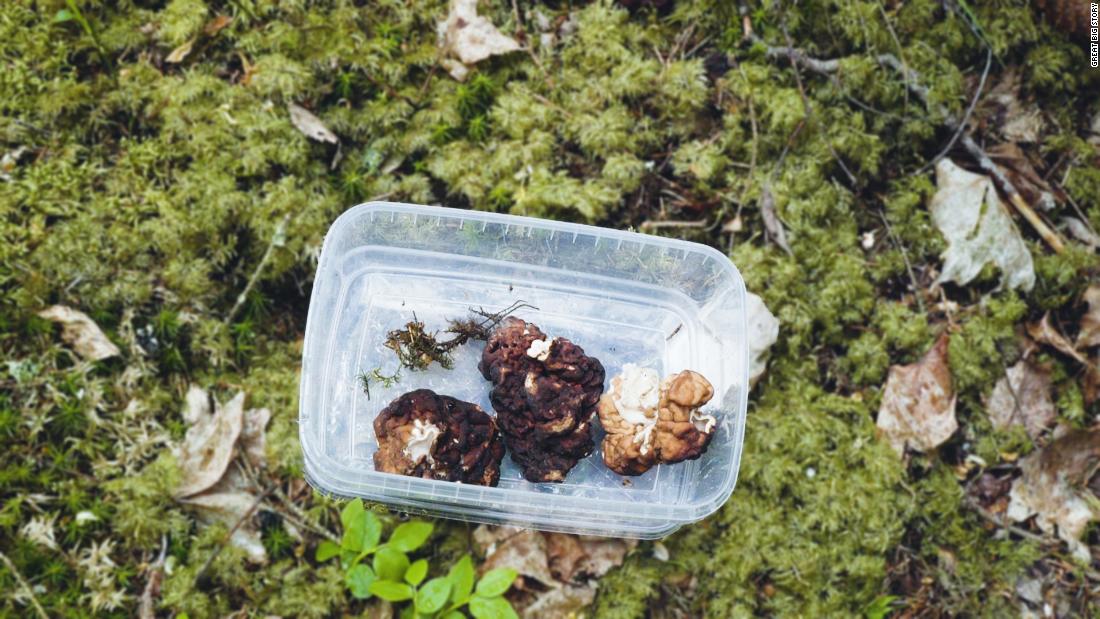I would use a foam roller with rounded ends to paint the table to achieve a smooth finish or a high quality brush. Any brand of paint is good as long as you have at least 2 light coats of the primer on. Let each coat dry well, before applying the next.
After the table is dry, let it sit unused for a few days so the paint has time to cure. If you want to protect the painted finish, you can use Minwax Polycrylic on top – one or two coats. It is water based and will not change the color of the paint. To protect acrylic paint on wood, you'll need to apply a clear sealant. Choose a wax-based sealant for a flat finish or a polycrylic sealant for a glossier finish. Once the paint has dried on your wood surface, apply a thin layer of your sealant with a dampened sponge, cloth, or paintbrush.
When it's dried to the touch, apply a second coat of sealant to improve its protection. Although the sealant might dry within hours, you'll need to wait 2-3 weeks before it's fully cured. Avoid putting anything on the surface during this time, since it can cause damage or imperfections. Acrylic paint is another water-based type of paint for furniture that is closely related to latex paint. Color particles are suspended in an acrylic polymer and offer a pop of rich color with a smooth finish. This big 20 pack set of acrylic paints by Arteza features some beautifully rich and vibrant colors.
The paints are created with a high pigment content which offers a rich and smooth finish that lasts a long time. When it comes to acrylic paint on glass options, these paints are a luxurious option. They have a high viscosity which helps to make them more long-lasting once dried. This set of acrylics is suitable for indoor or outdoor use. The paints have good durability, and are self-sealing, scuff-resistant, and adhere well to many different surfaces. The paints are water-based for convenient use and have a non-toxic formulation.
The Kamar varnish provides a protective finish for oils, acrylics, and water-based paints in addition to allowing for easy reworking. You can use it on canvas, wood, metal, plastic, paper, glass, plaster, ceramic, and more, giving a matte finish to the surface. Depending on the condition, it may also need to be removed. Chalk painted the bottom and used General Finishes to stain and poly the top. I thought it would be better protected but it was not even having used several light coats.
SO...I am redoing the tops but this time just chalk painting and waxing. It is SO much easier to take out rings with wax for me. I just lightly sand and re-wax the area and poof, it's fixed. LOVE your site and you answered the question can I wax over rustoleum chalk paint. I have only used Annie Sloan but this will save money for larger projects. This set of acrylic paints by CraftArt is ideal for painting over glass thanks to its satin finish.
The set includes 12 paints in a useful variety of colors. While these paints are perfect for glass, they can also be used over the canvas, wood, fabric, ceramic, paper, and all kinds of other surfaces. The paints are completely safe to use thanks to their non-toxic properties. Their water-base makes them convenient for cleaning up and using by all. The FolkArt acrylic paint set can be used indoors or outdoors thanks to its versatile durability.
You get bright colors and quality pigments in this set. To remedy the situation, you should go over the area with 100 grit sandpaper, but be gentle. If the paint smoothes out without getting tacky, then keep sanding until the area is smooth and there is no ridge between the problem area and the rest of the table.
Sand all around the area and out past the problem area to create an even surface all around. Once it is pretty smooth, use 220 or super fine grit sandpaper over the area to smooth the surface even more. Once dry, respray on a cool day and use very light coats every 5-7 minutes. Shake the can well every time you add another coat. Let dry for a week in a room where it is dry and the temp around 78 degrees if possible. If the paint feels gummy after this, it could be the spray paint formula.
First, rub fine-220 grit sandpaper gently over the smeared area to smooth it out. Don't scrub, just rub gently over the area and out around the area a little so when you respray, it will blend in. I would mask off the rest of the desk leg before respraying. Use painter's tape or sheets of computer paper or newspaper. Spray one very light coat over the area, after 5 – 8 mins, spray another very light coat over the area. Reapply the clearcoat after 24 hours or whatever the brand label says on the can for time to wait before sealing.
When you spray the sealer/clearcoat on, use light coats. It will blend right into the coat you already applied. If you still see any ridges in the finish, go over very lightly with super fine sandpaper to smooth and then reapply the clearcoat sealer. For glossy and previously painted pieces of ceramic, opt for a ceramic or plastic-safe spray paint, which contain compounds that fuse to smooth surfaces.
What can I put over acrylic paint so it doesn't chip Use glossy spray paint for projects with more surface area where you want easy, even coverage with a minimal amount of work. Acrylic paint goes on evenly and is self-leveling, making it easy to work with. However, a primer is a good idea if you want the paint to adhere better to the surface. Clean-up is also easy with just soap and water, since it's a water-based paint. Acrylic paints are suitable for a very wide range of surfaces and materials – including glass. When applying acrylic paint on glass, enamel paint is best as they are durable and adhere well to smooth surfaces.
Even though these paints will work well with glass, the glass will still need to be properly p[repared for painting. Make sure that there is no dirt, dust, or oils on the glass. You can also add a layer of primer to make sure that the acrylic paint on glass adheres strongly. You can also protect the paint with a sealant or varnish to help to prolong its lifespan.
It really depends if the fabric underneath is compatible with acrylic paints. If it is, it may be possible to color match and get a look similar to the finish of the bag. We would recommend a topcoat to add durability and match the sheen. The same type of topcoat for acrylic leather dyes, found at a leather supplier, may work here. To fix the problem, you can see if the areas will sand smooth with some very fine sandpaper or steel wool.
If not, I would remove all the paint and start again. It is not smelly and will not burn your skin. Once the paint is removed, then spray again. Use very light coats every 3 -5 mins or what the can says and then add the sealer within an hour or after 48 hours. Make sure it is not a humid day, wait for a nice moderate to low humidity day and you should be rewarded with a nice smooth painted and sealed finish for your mixer. I spray painted the faces of my game pad in 2 layers and sadly I think I have oversprayed the 2nd one as it wouldn't dry for 2 days.
I've waited again a day and sealed the work with satin varnish. I really want to know what I did wrong and the acrylic spray never cured like a factory result! I've also used primer before everything and it was completely dry before spraying.
It takes approximately 72 hours for acrylic paint to dry on plastic. Acrylic paints are water-based, dry more quickly than oil-based paintings, which take days to weeks to dry fully. Next, open the can of polyurethane and stir it well so that it doesn't settle on the bottom of the can. Don't shake the polyurethane as that will create air bubbles that can spoil the finish. Apply a thin coat of polyurethane evenly over the surface using the brush until the entire surface is covered. Once the first coat is dry, sand the polyurethane surface lightly with sandpaper and then apply a second coat.
Two coats should be enough but if you want it to be really durable, then, feel free to add the third coat. Again, make sure to wait 4-6 hours between coats and lightly sanding before applying the third coat. Even still, painting furniture with oil paint is something to consider if you want a resilient finish that won't chip or scratch easily. You'll need to have a natural bristle brush and mineral spirits or turpentine on hand as paint thinner and for clean-up. Drying time between coats is long—up to 24 hours—but it does cure more quickly than water-based paints.
For durability, protection, and moisture resistance, we recommend applying a topcoat after the paint has cured. There are many options available including acrylics, oils, waxes, silicones and polyurethanes. They are available as brush-on fluids or in aerosol spray cans. We recommend researching what is available, especially from leather specialists like Tandy, Angelus and Fiebing.
When selecting a topcoat, it is key to make sure it is compatible with acrylic paints. If your chairs are from the same set, the wood tannins may bleed through. I would give them a quick going over with 100 grit sandpaper using a hand sanding block. Clean off the grit well and wipe down with a damp rag.
Follow the directions on the can for the amount of time you need to wait for re-coating. One can of spray paint for one – three chairs depending on how big the chairs are and the amount of detail you have to cover. If the surface still has extensive rust after all loose rust has been removed, start with Krylon® Rust Protector™ Rust Converting Primer or Krylon® Rust Tough® Rust Fix.
This primer chemically changes rust into a waterproof, paintable surface. Spray directly over the remaining rust to protect against further corrosion. Apply multiple thin coats to prevent runs and drips. This primer sprays on clear and dries to a black primer finish. After 24 hours, topcoat with your choice of paint color.
Surface can be sanded lightly before applying topcoat, if desired. I haven't personally used the KILZ oil-based primer, although at first glance it looks like it's been developed for surfaces that are more stable than canvas. Most gesso for painting is a combination of glue and pigment, so the paint has the flexibility within it. Cracks usually appear when there is one thick layer, rather that a few thin layers. Any glue size medium would usually be applied under the gesso surface so I wouldn't apply a glue ontop.
Personally, I would start a fresh and do a few small test pieces on scrap canvas to test if it was the thickness or the inherent lack of flexibility in the primer. The plastic chair mat will flex and have too much pressure on the surface to use contact paper or paint, even with sealer, especially if it is on carpet. Be sure to clean well and dry before painting. You won't be able to use primer if you want to see the color underneath. I'd probably let it cure as long as a month before putting it down.
The most curing will happen soon, but paint can become harder and tougher over time. Thinking I may need to start from scratch again. Would you recommend sanding it back completely, using the primer and then going with paint to get the softer glossy feel? The bumps may not have anything to do with the fact that you did not sand between coats.
It could have helped, but if the temps are hot where you are, it could be the spray paint dried before hitting the surface and those particles are the bumps you feel. You can always use sandpaper to smooth areas out. Just wait for the paint to be completely dry before sanding or you will have a gummy mess. Once the paint is dry, sand to smooth, clean off grit.
Shake the can well and respray when the temps are around 75 degrees. I've been using Rustoleum 2X gloss spray and painting parts of a wooden toddler table and stools. Im very familiar with oil based poly and prefer to make my own wipe on poly w/50% mineral spirits. Im not very good with the spray cans so I figured this would take longer but may turn out better. Also I have it disassembled in several different parts. I was intentionally looking for a non yellowing varnish/clear coat that didn't have solvents or harsh chemicals that are yellowing my acylic white primer/paint.
Durable enough to protect from traffic with uv stability. Then I use rustoleum 2x spray colors on top of my acylic, so a clear finish that is compatible with acylic & spraypaint. I wanted a 2-3 day outdoor finished job, or I give up on a sealer. To go with a complete acrylic system to rush the curing time may help. I've only come across acrylic ureathanes, or something as durable as Bona HD floor coating, but it seems to expensive.
The only other system that works is a breathable hard wearing sealer, as used on stains which breath & last decades. After allowing your primer to completely dry, you are ready to paint your surface. Acrylic spray paint can create a smooth, evenly covered look.
Two coats of paint should be applied, drying completely between coats. As discussed above, if your metal piece is to be located outdoors, always use an exterior or outdoor acrylic paint. I recommend sanding the wax off OR painting another coat of chalk paint over it.











































